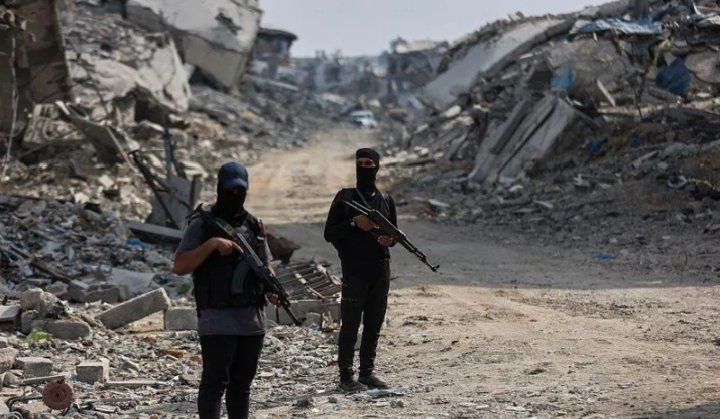Jared Kushner, the U.S. president’s envoy and son-in-law, made a return to Israel on Monday, as efforts to advance negotiations on the fragile Gaza ceasefire entered a critical phase. Kushner’s visit comes amid growing concerns over unresolved issues that continue to hinder progress toward a lasting peace deal in the region.
Key Sticking Points in Negotiations
Despite the ceasefire that has temporarily reduced hostilities, several crucial issues remain unresolved, and negotiations appear to be at a standstill. Among the most contentious topics are the disarmament of Hamas, the reconstruction and future governance of Gaza, and the deployment of an international security force to oversee the region. These issues are seen as pivotal to any lasting peace, but both Israel and Hamas face significant domestic pressure that could make meaningful concessions difficult to achieve.
The Road Ahead: No Clear Timeline for Resolution
With no clear timeline set for the ongoing discussions, doubts are growing that any significant breakthrough will occur in the near future. Sources close to the negotiations report that both Israel and Hamas remain entrenched in their positions, making compromises difficult. The situation is further complicated by the broader regional dynamics, including the involvement of other Middle Eastern powers and the shifting priorities of global stakeholders.
New Obstacle: Hamas Fighters in Rafah Tunnels
Adding another layer of complexity to the negotiations, a new obstacle has emerged in the southern city of Rafah. Reports indicate that numerous Hamas fighters are believed to be hiding in a network of tunnels beneath the city, in an area designated as the “Yellow Line,” which marks the boundary under Israeli control. This development has raised fresh concerns about security and the potential for further violence, with both sides now wary of what lies beneath the surface of the ceasefire.
International Efforts and Pressure Mounting
As Kushner returns to the region, international mediators are intensifying efforts to address the long-term issues at stake. While the immediate goal remains the stabilization of the ceasefire, the broader challenges of Gaza’s governance and security will require significant diplomacy and cooperation from all parties involved.
As the situation continues to evolve, the world watches closely, hoping that the current window of relative calm can be leveraged for a more sustainable peace. However, without decisive action, the fragile ceasefire risks collapsing, plunging Gaza back into a cycle of violence that has persisted for decades.







